Design is a form of language, with shapes as its most effective vocabulary.
In game design and animation, every circle, square, and triangle conveys a message. Whether the message is warmth, power, or threat, this visual language, called shape language, enables designers to tell stories instantly, before any dialogue or action takes place.
By mastering shape language, you can create characters, settings, and worlds that resonate with players subconsciously.
In this article, we will explore what shape language is, why it’s effective, and how to use it skillfully to upgrade your visual content.


Need Game Art Services?
Visit our Game Art Service page to see how we can help bring your ideas to life!
What is Shape Language?
Shape language involves deliberately using geometric forms, such as circles, squares, and triangles, to express emotion, meaning, and character traits.
In animation and game design, these shapes are visual cues that audiences instinctively understand.
For example, soft and rounded shapes convey innocence, whereas solid, blocky forms suggest strength, and sharp, angular lines often signal danger.
By consistently applying these shapes to characters and settings, designers enhance storytelling in game art and animation.
Mastering this visual language is key to creating powerful designs. But how can some basic lines shape a scene’s mood?
How Do Different Line Orientations Affect Design?
Lines are the backbone of shape language, and their direction shapes a significant part of the psychological aspect of storytelling and how viewers perceive a design.
For instance, horizontal lines show tranquility, vertical lines convey strength, and diagonal lines demonstrate movement or unease.
These subtle signals guide the audience’s emotions before finer details come into play.
By skillfully using line direction, designers can set the mood, tone, and focus for both characters and settings.
Let’s explore each type in detail:
Horizontal Lines: Calmness!

- Peaceful
- Grounded
- Calm
- Stable
Horizontal lines show steadiness, tranquility, and relaxation.
In backgrounds, they mimic horizons or calm landscapes and imply a sense of harmony. In game character design, broad stances, or horizontal elements highlight dependability or calmness.
Horizontal lines are vital for suggesting quiet moments before harsh action. Designers use this emotional suggestion to create safe zones or restful spaces in games and animations.
Vertical Lines: Power!

- Active
- Power
- Growing
Vertical lines suggest power, aspiration, and command. For instance, a towering structure, a stiff posture, or stretched features project dominance.
In character design, vertical elements can highlight confidence or menace.
Rising environments, like skyscrapers or peaks, use verticality to imply amazement or reverence.
When used purposefully, vertical lines amplify a design’s impact.
Diagonal Lines : Tension!

- Turbulence
- Unrest
- Dynamic
Diagonal lines convey motion, energy, and unpredictability, and they break the sense of calm and guide the eye in dynamic ways.
In action sequences, they heighten drama! For example, a tumbling object, an angled blade, or a swiftly moving character.
Designers use diagonals to suggest a sense of urgency and excitement, keeping viewers captivated and infusing visuals with momentum.
After lines establish the setting mood, shapes will further deepen the language of design!
What Do Different Shapes Communicate in Design?
Beyond lines, the meaning of shapes in psychology has always been a somewhat controversial topic.
For instance, circles show safety and friendliness, triangles suggest danger and dynamism, and squares convey strength and reliability.
Each shape impacts how audiences view characters, objects, and settings.
Designers who understand these emotional effects can make deliberate choices that support storytelling objectives.
Let’s review what each shape expresses in detail:
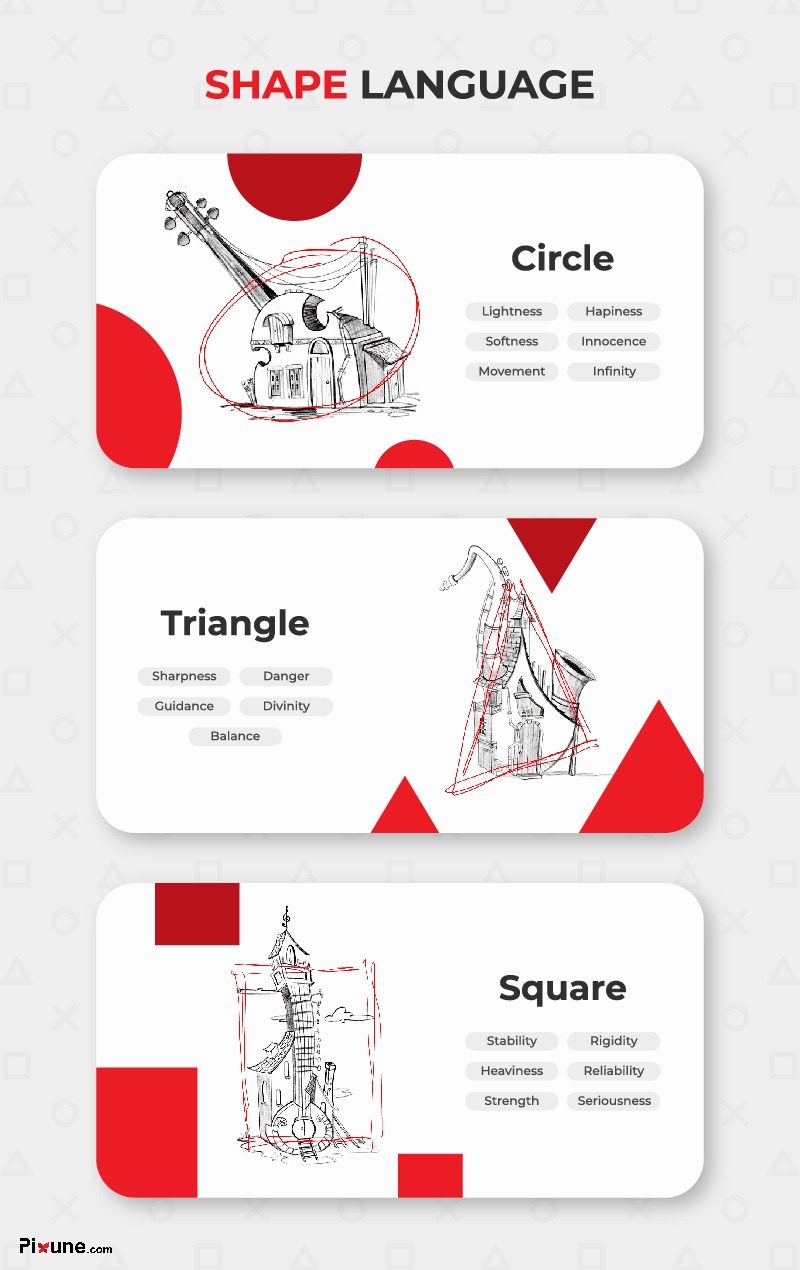
Circles: Rounded and United!
Circles represent softness, warmth, and harmony. With their smooth curves, they can create a sense of non-threatening or inviting aura.
They are the perfect shape for designing kind or innocent characters like Kirby or Baymax, whose rounded shapes highlight friendliness.
Circles also ease tension in game backgrounds, and are often used in humorous or supportive roles.
Triangles: Energy or Danger?
Triangles convey aggression, danger, and energy. Their sharp angles show hostility or unpredictability.
Designers often use triangular shapes in the silhouettes of villains or dynamic characters to highlight conflict. Spiky weapons, rugged mountains, or jagged armor amplify this sense of threat.
Triangles keep audiences alert by signaling instability or risk.
Squares: Stability and Strength!
Squares symbolize strength, stability, and trustworthiness. Their even sides and solid forms convey a sense of security.
Characters with square builds, like mentors or guardian heroes, instantly seem reliable to audiences.
Background artists use elements featuring squares, such as fortresses or blocky structures, to convey a sense of security and safety. Squares are the design anchors that balance out the intensity of triangles.
They are not flashy like others. Squares are used to add depth to characters. They can give the sense of being stubborn, sturdy, reliable, and supportive.
Case Study!
Pay attention to the picture below and think about their mentioned features.
The orientation of the left shape is vertical, so we can understand that designs based on this shape are active and full of power. However, the shape on the right hand is horizontal, symbolizing stability and calmness.
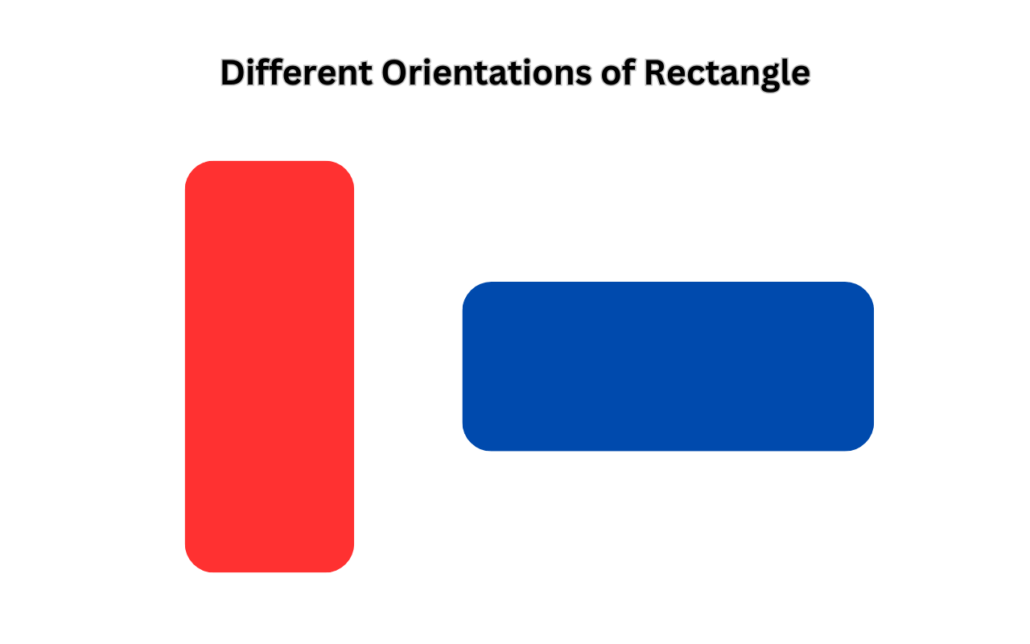
Furthermore, in Disney’s The Incredibles, each character embodies a unique shape language:
Mr. Incredible’s wide, square build conveys strength and reliability. Elastigirl’s soft, curved form suggests warmth and flexibility. On the other hand, Syndrome, the villain, has sharp, triangular features that signal danger and instability.
This animation is the perfect example of how creating intuitive and well-thought-out visuals can lift the overall impact of the production and highlight the power of simple shapes in storytelling.

What is Shape Theory in Character Design?
Shape theory in the character design process is a fundamental concept that involves using geometric shapes such as circles, squares, and triangles to create a sense of balance, proportion, and harmony in character designs.
Designers give each character a primary shape to both ensure clarity and contrast and create a memorable cast!
This approach prevents designs from feeling similar and helps viewers instantly identify roles, personalities, and emotional traits.
Let’s explore how shape language is applied in practical character design!
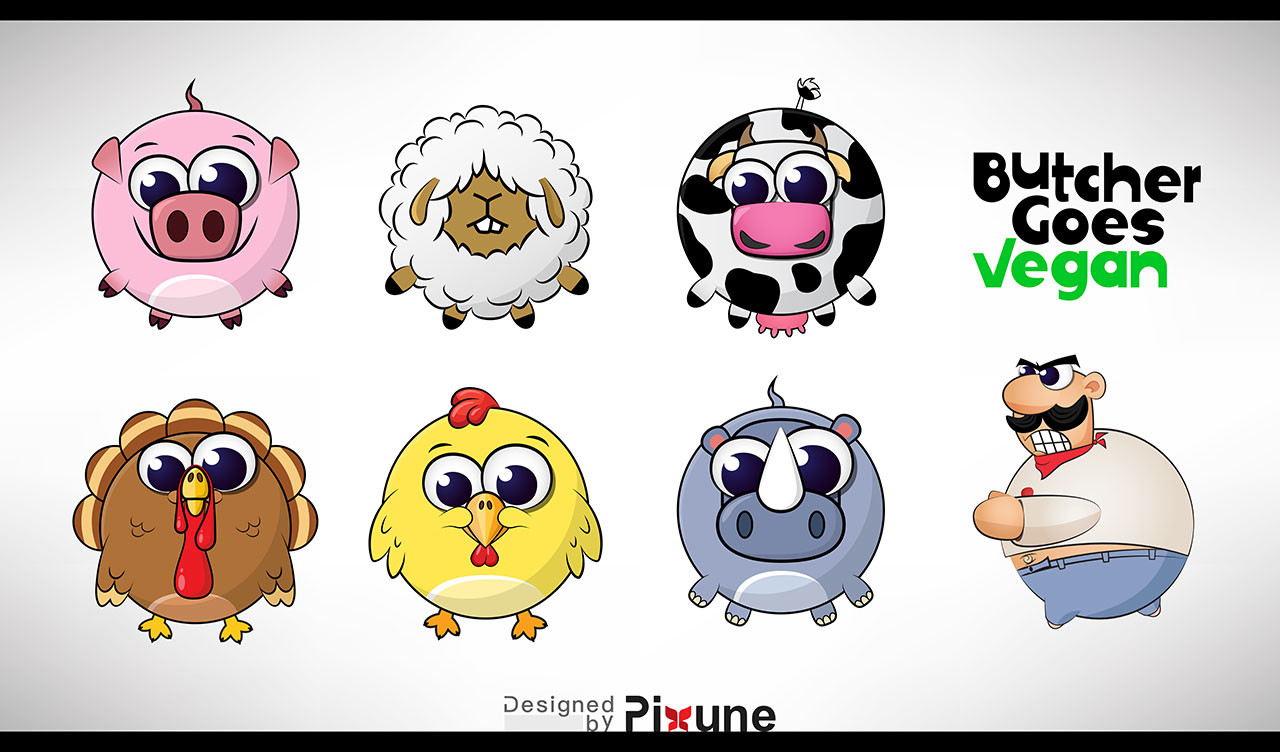
How is Shape Language Applied to Character Design?
Storytelling goes with the characters, and the character design studio or designers who create these characters must design them to be memorable and unique.
Shape language enables designers to match character silhouettes to their personalities.
Friendly characters often have round shapes, villains rely on sharp triangles, and protectors use sturdy squares.
Designers can also use exaggeration on these shapes for impact, like oversized round heads for comedic characters or spiky armor for antagonists.
Consistent patterns of using these shapes allow characters to convey their essence at first glance, without relying on dialogue.
Using Shapes in Character Design: Examples!
Shapes define character silhouettes and convey personality through form: A blocky hero, a jagged villain, or a curved sidekick!
Designers enhance details to align with these shapes to ensure a cohesive look.
Accessories and clothing also apply to this shape language for consistency. This shape-centered approach helps animators to achieve visual unity while strengthening narrative roles.

This character from the Crazy Clowns project is designed to be fast, cute, friendly, athletic, and kind. The picture shows the purpose of using ovals and circular shapes.
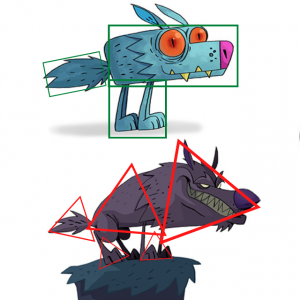
The square and rectangle shapes signify the first character’s sense of weight, honesty, and stubbornness.
Use character design shapes to exaggerate size and fear or heighten your audiences’ awareness of danger and intelligence in your triangular design.
How Can Shape Language Be Used in Background Design?
Let’s use the power of shapes for an environment design in 3 simple steps:
Step 1: How to Pick a Shape?
What set of moods are you looking for? Pick a primary shape that aligns with the environment’s tone.
Circles convey warmth and approachability, squares suggest stability and security, and triangles evoke danger or tension.
This initial choice will be the guide for the emotional tone of your design.

Step 2 - Start with a Silhouette!
When you define the environment’s core silhouette before adding details, you will have a smoother and more organized design flow.
A soft, rounded skyline feels inviting, while sharp, triangular mountains appear threatening.
Clear silhouettes ensure focus and avoid visual overload.

Step 3: Build Style from Shapes!
Once the silhouette is set, incorporate details that exaggerate the chosen shapes.
Rounded windows, sturdy blocky walls, or jagged rocks allow for consistency and enhance atmosphere.
This repetition strengthens the mood and crafts immersive settings. But where did this technique come from?

Step 4: Enjoy the Final Result!
Who First Developed Shape Language?
Shape language doesn’t have a single creator! It is a method that has evolved over centuries through art and visual storytelling.
Animation pioneers like Walt Disney Studios, followed by Pixar and DreamWorks, refined and popularized this technique as a structured design approach.
Now, it’s taught globally as a fundamental principle in character and environment design.
One notable pioneer in shape language, however, was Christopher Alexander. He was a designer and instructor, credited with popularizing the idea in architecture and design.
In his 1977 book “A Pattern Language: Towns, Buildings, Construction,” Alexander established the concept of “pattern languages”.
Is Shape Language Really Necessary in Design?
We can’t say that shape language is a vital part of the production. However, it is every work’s basic foundation for clear communication and transmedia storytelling.
We, as audiences, have all evolved to read shapes, whether planned or not, instinctively.
Intentional use of this method ensures the intended emotions shine through and enhance storytelling.
In contrast, neglecting this technique can lead to vague or nonsensical designs.
Every professional considers shape language to be a must-have skill and fundamental for creating impactful designs that resonate with audiences.
Why is Shape Language So Powerful?
Shape language is effective because it implies meaning instantly, without waiting for words.
Shapes exploit our universal human instincts, making designs resonate across various cultures. They infuse characters and worlds with personality that audiences sense with their hearts.
In games and animation, shape language fosters quick connections and memorable designs.
By shaping everything from silhouettes to details, shape language turns abstract concept art into powerful visuals.
Final Words
Shape language is a critical skill for every professional designer. This intuitive technique leverages line orientation and shape symbolism to influence how audiences perceive characters, objects, and environments.
Whether you’re designing a hero, a villain, or a game environment, appropriate and consistent use of shape language allows you to create resonating elements and memorable visuals.
Shape language serves as both a practical guide and an artistic approach, enabling every designer and animation studio to refine their work and enhance their production.
FAQs
Can you mix different shapes in one character?
Yes, combining shapes is encouraged. Just define a dominant shape for clarity and appeal.
Is shape language culturally universal?
Shape meanings are largely universal, though cultural context can tweak their symbolism.
Does shape language affect movement in animation?
Yes. Round characters move smoothly, square ones move steadily, and triangular ones move sharply.
Why is silhouette important in shape language?
A clear silhouette lets viewers instantly grasp a character’s essence, mood, and role.
Is shape language a strict rule?
No. It’s a flexible toolkit. Intentional breaking of shape norms can yield creative, memorable designs.

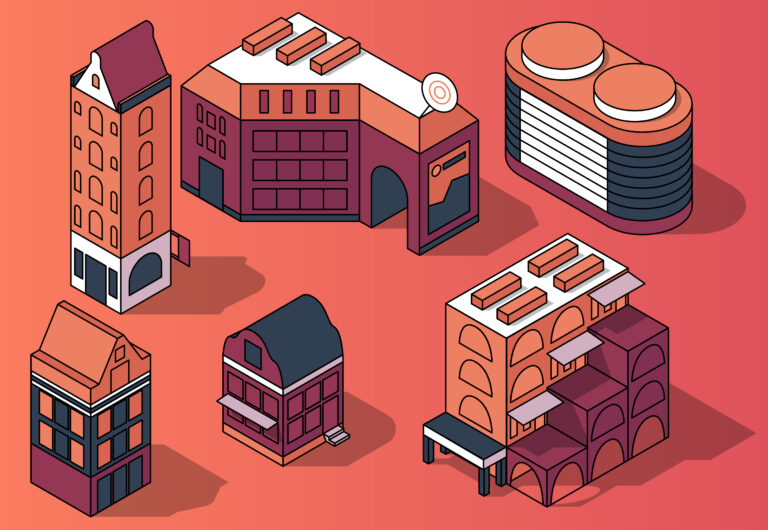

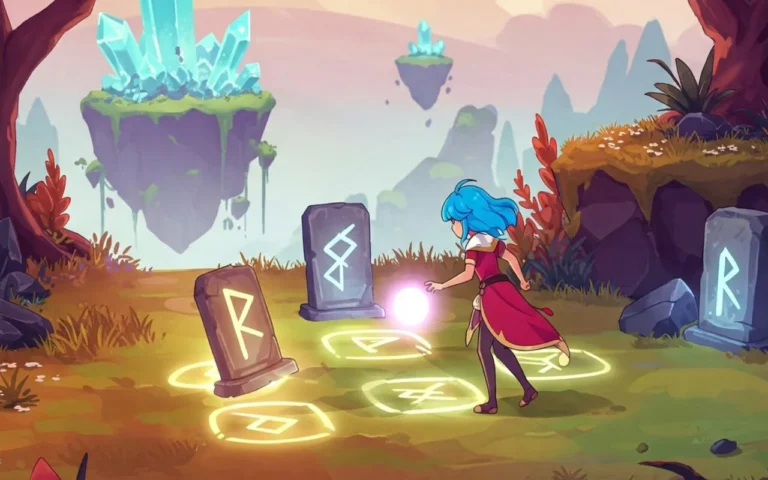

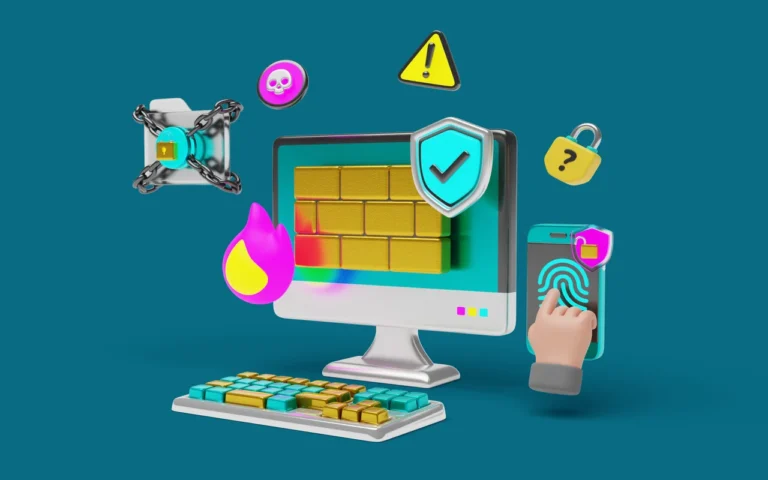

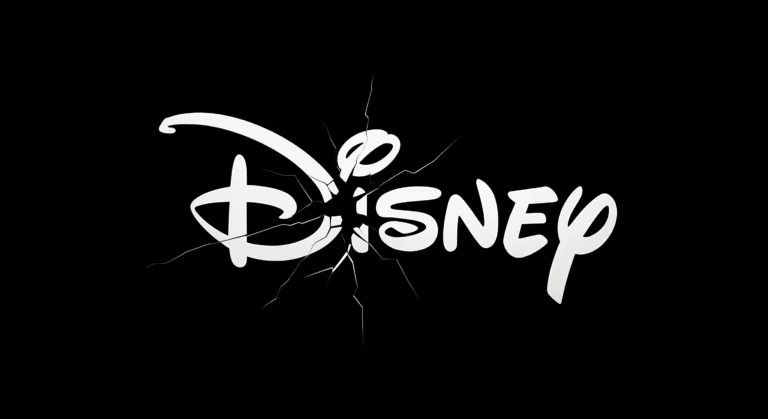


2 Responses
One of the highlights of the post is the section on how to incorporate shape language into your design process. I think It is a must-read for anyone interested in design.
Thank you for your insightful comment! It’s great to know that you believe it is a must-read for anyone.